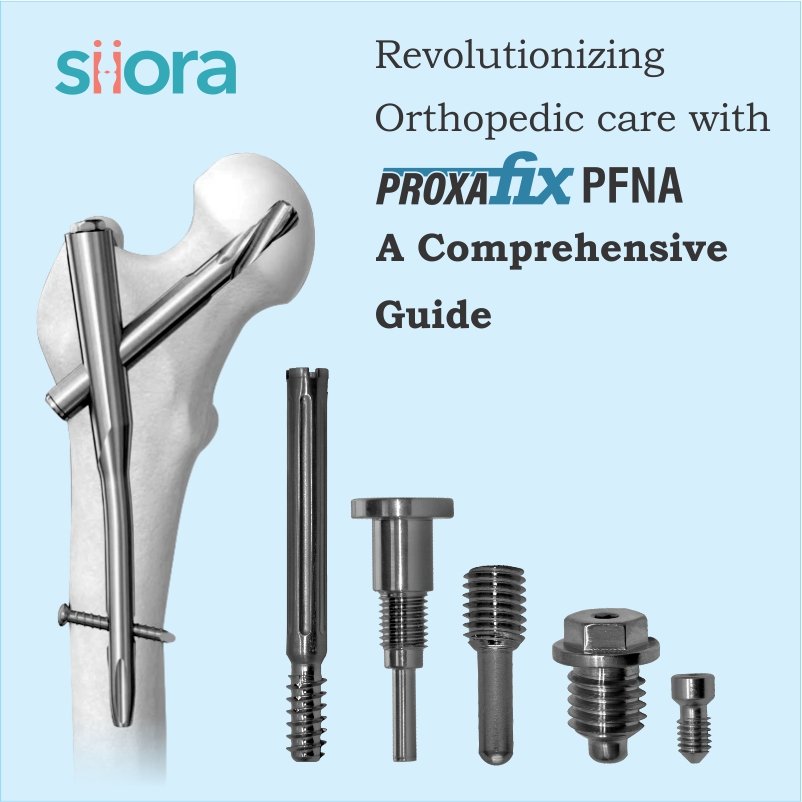For individuals who have undergone hip replacement surgery, the prospect of enjoying a pain-free, active life is a welcome reality. However, it’s essential to take proactive steps to ensure the longevity of your hip replacement. In this guide, we’ll explore practical and proven strategies to make your hip replacement last longer, allowing you to savor the freedom and comfort it brings for years to come.
Maximizing the Lifespan of Your Hip Replacement
Follow Your Post-Surgery Care Plan
The journey to a long-lasting hip replacement begins with strict adherence to your post-surgery care plan. Your healthcare provider will provide you with a customized plan that includes prescribed medications, orthopedic physical therapy exercises, and guidelines for daily activities. Strictly adhering to these recommendations will promote proper healing and reduce the risk of complications that could compromise the longevity of your hip replacement.
Maintain a Healthy Weight
Carrying excess weight places additional stress on your hip joint, potentially leading to accelerated wear and tear. Maintaining a healthy weight can reduce the load on your hip replacement and improve its overall durability. Consult with your healthcare provider to establish a sustainable weight management plan that suits your individual needs and health status.
Stay Physically Active
Engaging in regular, low-impact exercises is crucial for preserving the health of your hip replacement. Activities like swimming, walking, and cycling can help maintain joint flexibility and strengthen the surrounding muscles without subjecting your hip joint to excessive strain. Consult with your physical therapist to design a personalized exercise routine that aligns with your specific needs and abilities.
Mindful Movements and Body Mechanics
Practicing good body mechanics can significantly contribute to the longevity of your hip replacement. Avoid sudden, jarring movements, and be mindful of your posture, especially when sitting or standing for extended periods. Simple adjustments, such as using assistive devices or maintaining a proper gait, can go a long way in reducing stress on your hip joint.
Choose Joint-Friendly Activities
While staying active is crucial, it’s equally important to choose activities that are gentle on your hip implant. High-impact sports or activities that involve sudden, forceful movements should be approached with caution. Opt for activities that promote joint health and minimize the risk of unnecessary wear and tear.
Monitor and Manage Discomfort
It’s normal to experience occasional discomfort or pain after hip surgery, especially during the initial stages of recovery. However, persistent or increasing pain should be promptly addressed. Regular check-ups with your healthcare provider can help identify and manage any issues before they escalate, safeguarding the long-term success of your hip replacement.
Maintain a Balanced and Nutrient-Rich Diet
A well-balanced diet rich in essential nutrients plays a vital role in the overall health of your joints. Adequate intake of vitamins and minerals, particularly calcium and vitamin D, contributes to bone health and can positively impact the longevity of your hip replacement. Consult with a nutritionist to ensure your diet supports optimal joint function.
Quit Smoking
Smoking has been linked to various health issues, including impaired bone healing and increased risk of complications after surgery. If you smoke, consider quitting to support the long-term success of your hip replacement. Seek assistance from healthcare professionals or support groups to make the process more manageable.
Regular Health Check-ups
Routine health check-ups are crucial for monitoring the condition of your hip replacement and identifying potential concerns early on. These appointments allow your healthcare provider to assess the joint’s stability, evaluate range of motion, and address any emerging issues before they become more significant challenges.
Why You May Need Hip Replacement Surgery?
Now, that we have already discussed how to increase the life span of the hip replacement implant, we will see why hip replacement may be required in the first place.
Hip replacement surgery is a medical procedure that becomes a viable option when individuals experience severe hip pain and impairment in daily activities. This transformative surgery aims to enhance the quality of life by addressing debilitating conditions that compromise the functionality of the hip joint. Let’s delve into the reasons why hip replacement surgery may be deemed necessary.
Osteoarthritis
The most common reason for hip replacement surgery is osteoarthritis, a degenerative joint disease characterized by the breakdown of cartilage. As the protective cartilage wears away, bones start rubbing against each other, causing pain, stiffness, and reduced mobility. When conservative treatments like medication and physical therapy prove insufficient in managing the symptoms, replacement surgery becomes a viable solution.
Rheumatoid Arthritis
Rheumatoid arthritis is an autoimmune disorder that can affect the hip joint, leading to inflammation, pain, and deformities. In cases where the joint damage is extensive and conservative treatments fail to provide relief, hip replacement surgery is considered to alleviate pain and restore function.
Traumatic Injury
Hip fractures or other traumatic injuries can significantly impact the structural integrity of the hip joint. In some cases, especially when fractures involve the hip socket or ball-and-socket joint, surgical intervention becomes necessary to realign or replace damaged components. The surgery helps restore stability and functionality in such instances.
Avascular Necrosis
Avascular necrosis is a condition where the blood supply to the femoral head is compromised, leading to the death of bone tissue. As the bone collapses, pain and joint dysfunction ensue. The surgery can be recommended to replace the damaged hip joint, providing relief and preventing further deterioration.
Hip Dysplasia
Individuals born with hip dysplasia, a condition where the hip socket doesn’t fully cover the ball portion of the upper thigh bone, may experience early joint wear and tear. In severe cases, the surgery may be recommended to correct the anatomical abnormalities and restore proper joint function.
Tumors
Although rare, tumors in the hip joint or surrounding tissues may necessitate replacement surgery. Surgical intervention becomes essential to remove the tumor and reconstruct the hip joint, ensuring the best possible outcome for the patient.
Conclusion
A hip replacement can be a life-changing procedure, offering relief from pain and restoring mobility. By following these practical guidelines and adopting a proactive approach to your overall well-being, you can significantly enhance the longevity of your hip implant. Remember, a commitment to healthy living, combined with mindful choices, will contribute to a more active, pain-free lifestyle for years to come. Regular communication with your healthcare team ensures that you receive personalized guidance tailored to your unique needs, promoting the enduring success of your hip replacement journey.








